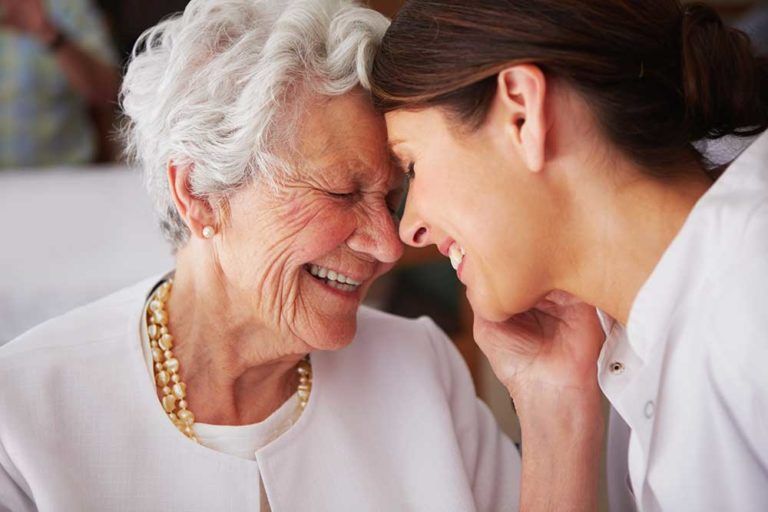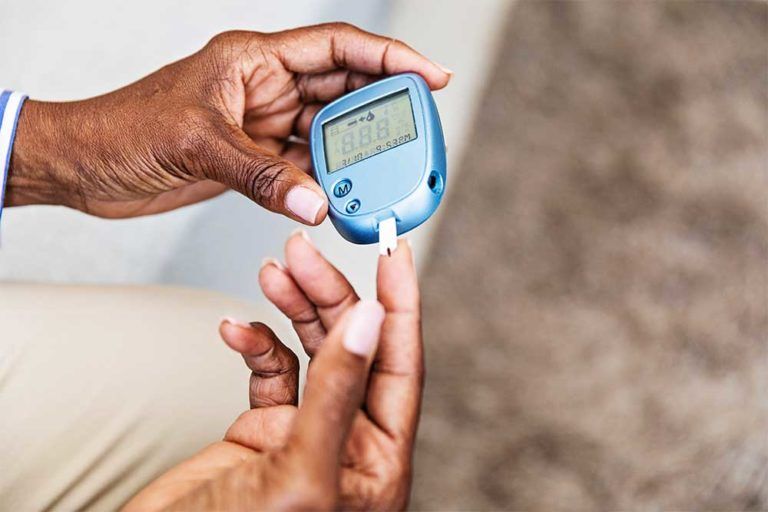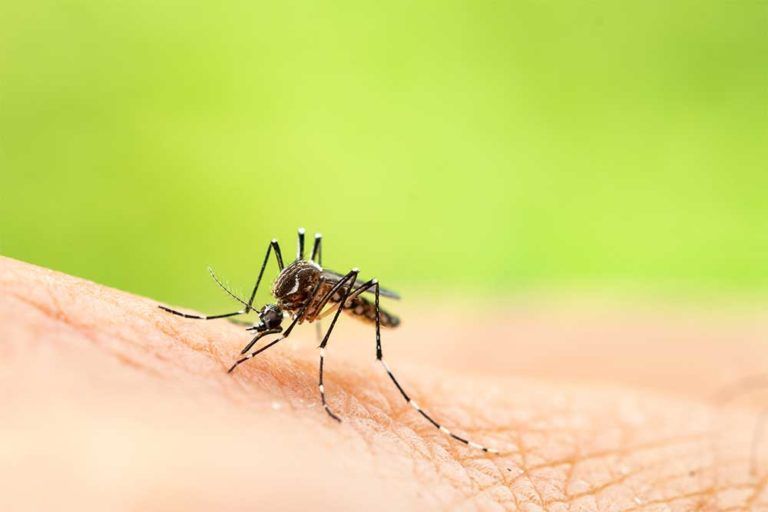It’s not breast cancer. That’s the number two risk.
The number one health risk in the U.S. and the world, for both men and women, is coronary heart disease (CHD). (Two other names for it are coronary artery disease and ischemic heart disease, but all three are the same disease.) Did you think the answer was breast cancer? The second most common cause of death is cancer, but cancer is a group of 130 different diseases. Breast cancer is just one of those diseases.
Heart disease kills almost 500,000 women every year, which is about 27 percent of all women who die annually. Let’s put those numbers in perspective: heart disease kills almost one out of three women who die in a year, or one death every minute.
CHD is caused when plaque deposits on or within the inside walls of the coronary arteries thicken the walls over time. Plaque can be located either on the surface of the inside wall or inside the wall itself, but it isn’t visible. The thickening you get with plaque deposits is called atherosclerosis.
Why is atherosclerosis bad? Think about the water pipes in your home. A clogged or partially clogged pipe means water can’t flow correctly. It’s the same problem with obstructed or partially obstructed arteries. Thicker walls make it harder for blood to flow, which decreases the amount of oxygen and nutrients that can reach the heart. Sometimes the walls get so thick no blood can get through at all. That’s when people suffer heart attacks.
CHD makes it harder for your heart to work correctly. Those who have it may experience heart attacks, heart failures, sudden cardiac arrest, or arrhythmias (that is, a heart that beats too fast, too slow, or with an irregular beat). Here’s when those symptoms occur and how severe they may be:
- A heart attack occurs when part of the heart muscle is blocked by plaque and no oxygen-rich blood can get to it.
- Heart failure occurs when the heart fails as a pump. Sometimes it fails because the heart can’t fill itself with enough blood. Another reason for failure is when it can’t pump hard enough for the blood to be circulated through the entire body. It is also possible for both problems to occur at the same time. Although sometimes heart failure occurs on the right side of the heart, it usually occurs on both sides.
- Sudden cardiac arrest occurs when the heart simply stops pumping. That can happen during or after a heart attack. Sudden cardiac arrest can also be caused by arrhythmias.
- Arrhythmias are only dangerous when they prevent the heart from pumping enough blood through the body.
The warning signs of heart disease are different in women than they are for men, and heart disease affects some women differently than it does others. More serious still, many people don’t understand heart disease in women.
What should you know about heart attack symptoms in women? A woman might feel discomfort, pressure, tightness, or pain in her chest, but the pain might be mild and easy to miss. Unfortunately, it’s also possible for women to experience a heart attack that includes no chest pain at all. More typical symptoms are as follows:
- Arm pain (one or both arms might be involved)
- Discomfort in the abdomen, neck, jaw, shoulder, or upper back
- Dizziness or lightheadedness
- Nausea or vomiting
- Shortness of breath
- Sweating
- Unusual fatigue
Experts think the difference in symptoms might be caused by the fact that women often have blockages in smaller arteries as well as main arteries. Women are more likely to experience symptoms while they are asleep or resting. Mental stress also plays its role.
If you think you are experiencing any of these symptoms, don’t ignore them. Ignoring them increases the chance that you will die or experience serious (and preventable) heart damage. How should you get to the emergency room? Driving yourself is a last resort. Ask someone else to drive you or call 911.
What known risk factors might signal increased risk for women? Weight, cholesterol, and blood pressure are as likely for women as they are for men. However, women should also pay attention to the following, all of which (if they apply to both genders; menopause and pregnancy don’t) are riskier for women than for men:
- Broken heart syndrome (also called apical ballooning syndrome, stress cardiomyopathy, or takotsubo cardiomyopathy)
- Depression and mental stress
- Diabetes
- Menopause
- Pregnancy complications
- Sedentary lifestyle
- Smoking
Broken heart syndrome is most common in women after menopause, and it is often brought on by stress. It can temporarily cause your heart to fail, and it can be severe. Inflammatory illnesses such as lupus or rheumatoid arthritis might also increase your risk. In addition, complications during pregnancy might signal a higher risk of heart disease someday for your children.
What can you do to reduce your risk of heart disease?
- Don’t smoke. If you do smoke, then quit.
- Get some regular, moderate exercise. Exercise hard enough to sweat.
- Stay at a healthy weight; if you weigh too much, cut back a reasonable amount on portion sizes. Focus on lasting lifestyle changes; if you diet instead, you are likely to regain any lost weight.
- Eat nutritious foods.
How do you know which foods are nutritious? In general, you can assume the following:
- Fruits, vegetables, and whole grains are safe. Include whole grains other than just wheat.
- Many people advocate low-fat or fat-free dairy foods and lean meats; others suggest a diet that ranges from vegetarian to vegan.
- Avoid saturated fat, processed sugar, and too much salt.
- Make water your beverage of choice.
Another way to minimize your risk is to be careful about taking prescribed medications correctly, including medications to control blood pressure, anything to thin the blood, and aspirin. Also, be mindful of the more traditional risk factors: diabetes, high blood pressure, and high cholesterol.
You can increase the chances that you will live a longer and healthier life by being consistently proactive about your health. Isn’t that worth a few changes to your lifestyle?























